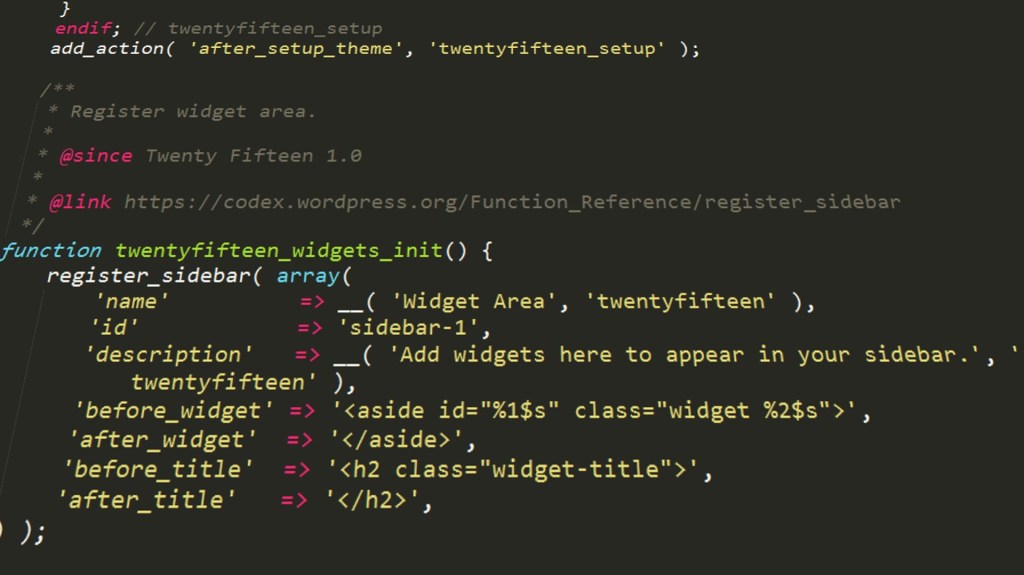Design Patterns is a common term for software engineering expertise. However, developers especially whose web developers are not necessarily well known of design patterns, even though they practice those patterns in their work.
Before digging into how design patterns play role in their work, how these patterns can be applied in WordPress, and what are the best practices that we need to adapt design patterns in WordPress, let’s see first a simple definition of what design pattern is? Design Pattern is a reusable solution applied to a recurrent problem in some specified situations. In other words, if you think of some specific situation where you adapt the solution to a problem that you already applied to a previous problem. Then that particular solution can be named as pattern. The general architecture and implementation are the same, although details of that application may vary from project to project.
In WordPress development, if you are familiar with the hook system then this means you have put down themes, plugins, and simple functions like add_filter or add_action functions which are nothing but design patterns.
Event-driven design patterns are adopted by WordPress. These patterns have several versions and developments although, the essence of all these versions is the same. There are two parts of the pattern, one part is called publisher, the other part is called subscriber. Publisher is responsible for broadcasting a message that is delivered to all subscribers. In simple words, whenever something happens in software this means that an event is raised. That event broadcasted by publisher will be sent automatically to all its subscribers automatically. Most commonly occurring event in web development is in JavaScript like any key pressed on the keyboard or mouse being clicked.
We write functions to handle these events to which we call as event handlers. These functions are responsible for the cases when an event trigger occurs. However, there is much more in web development than just clicking mouse or pressing key event. An event can happen instead when the page is loading either due to data being stored in the database or data being retrieved from the database etc.
The concept of patterns can be implemented here. Hooks in the code are provided to the developers. When an event is fired, developers can bind listeners to that event. This led to WordPress architectural pattern that whenever something happens, you can hook up a function to the event.
In WordPress or web development, we need better practice to structure our code into a better form. On the Internet, there are a lot more tutorials for developing WordPress themes and plugins. The basic gist of all is on the details of the code. The designing of code varies from site builders to coders. Site builders build the WordPress sites in a professional way. That is why they are viewed as web developers by their customers. Although, they are not coders in actual but familiar with coding. Their expertise is in finding the right WordPress plugins, themes, or both to meet the need of clients. Some of the principles which I think are essential to consider for site builders are listed below:
- Research critically: A client need can be met by simply using plugin or them, nevertheless this does not mean that it is the right thing to get the job done. Critical evaluation should be done rather than solely relying on what a theme seems to be or what a plugin can do. You can make a better choice by checking the rating, comments, and last updating date. If a plugin is not freely available, this can be good sign. Download the latest plugin or theme as it contains many errors solved occur in previous versions.
- Make changes smartly: Even though things become easier to understand, it takes time to smartly make the changings. Directly editing the theme, plugin or core part of WordPress is not a clever idea.
- Child Theming: Child theming is a better way if you want to make a customized theme as it supports inheriting templates from parent. Updating that theme will be easy as changes cannot lost in that case.
- Site-specific plugins: Site specific plugins help in editing or extending any existing plugin. Avoid just leaving the code in theme’s file i.e., function.php. Try to create site specific plugins. It will benefit in the future.
On the other hand, practices suggested for coders are readability i.e., try writing readable code so that developers do not need to take more time on understanding the code.
Reliability: Code written should be doing the same thing without failure.
Flexibility: The most beneficial feature of using WordPress is its flexibility without breaking apart. A handful of plugins can be selected and easily modified on WordPress to meet your needs without breaking your site.
Reusability: Reusing the code feature is enabled when there are chances of repetition in the chunk of code. There is a principle that does not repeat yourself. If there is something that is coming over repeatedly, a better way is to abstract the code. Also, create a plugin that shares and maintains the code in case you need functionality over multiple sites.
Extensibility: it is important to consider future growth when writing the code. WordPress did a wonderful job in implementing filters and actions. WordPress’s extensibility is one of the obvious characteristics that makes it such a widely adopted platform today. Add a few actions and filter hooks of your own while creating themes or plugins.
The greatest challenge developers face is considering the importance of design patterns even after using them. It is important to recognize that in which specific conditions design patterns are suitable. Experiencing the design patterns is the best way to learn when to adopt a design pattern approach and when it should not be adopted.















